Common hornbeam: features and reproduction
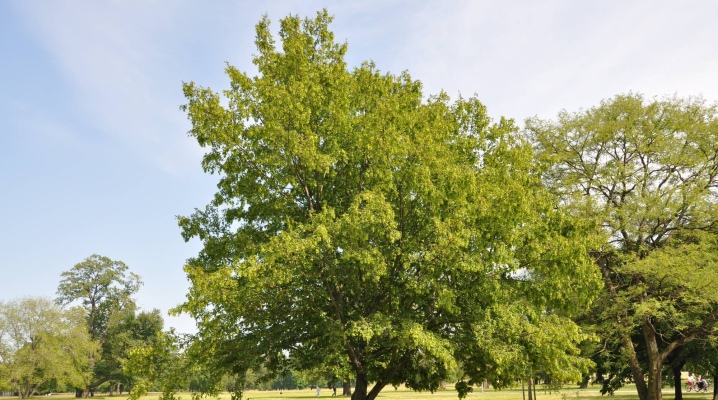
Hornbeam is a deciduous tree species widely used in landscape design. It is distinguished by a voluminous crown, an original leaf shape, while the height of the trunk does not exceed 14 m. Interesting facts, a detailed description and recommendations for use in decorating a plot will help you learn more about how to grow such a tree on your own.
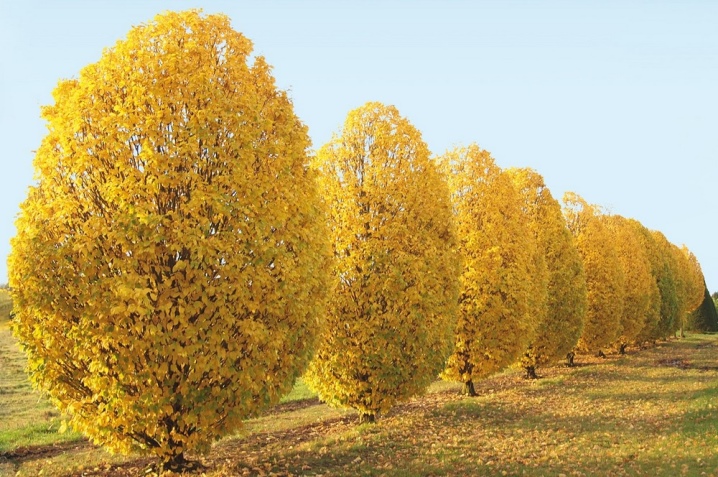
Description
The deciduous plant, called Carpinus betulus Fastigiata in Latin, belongs to the birch family, genus Carpinus, better known as the common hornbeam. Depending on the area of growth, it is also referred to as the Caucasian or European type of this tree. Taxonomy indicates that the common hornbeam is a type or reference species for a genus.
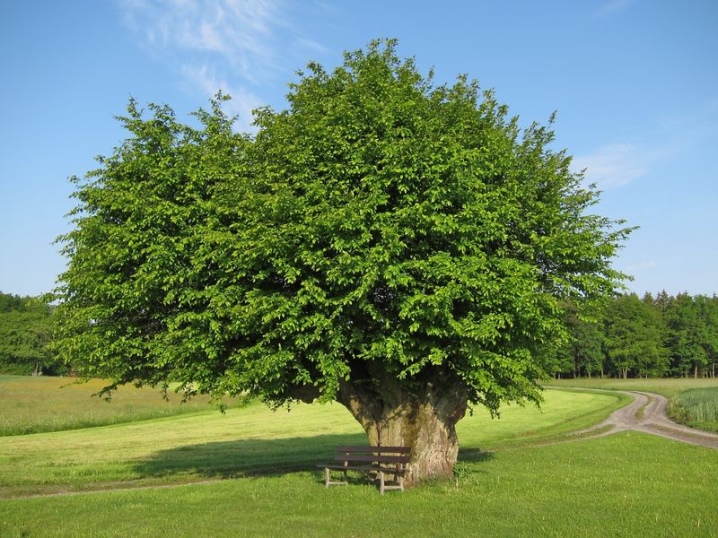
Plant height usually varies in the range of 7-14 m, rare specimens reach high rates. The crown of most variants is cylindrical, densely covered with leaves, but pendula is also found - a weeping variant with branches hanging down to the ground.
The plant has the following characteristics:
- trunk diameter up to 40 cm;
- the bark is silvery-gray, with age it becomes covered with deep cracks;
- thin long branches hanging in spring;
- oval-shaped leaves, oblong, pointed;
- monoecious form;
- flowers-earrings of 2 types - pistillate and staminate;
- the fruit is in the form of a ribbed nut.
The plant blooms from April to May. The fruits are formed by the end of September and can be harvested.
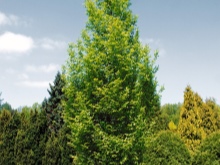
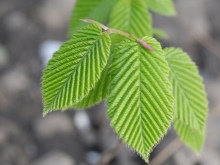
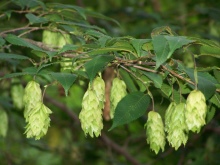
The common hornbeam is very decorative, gives abundant growth, there are special landscape forms, it can be grown as a bonsai.
Where does it grow?
You can meet the common hornbeam almost throughout the European continent. It also grows in the Caucasus, especially in mountainous regions, it is found at an altitude of up to 2000 m. In the Crimea, Eastern Transcaucasia, the tree forms whole groves like its kindred hazel. And also the common hornbeam can be seen in Asia Minor, in the Iranian highlands.
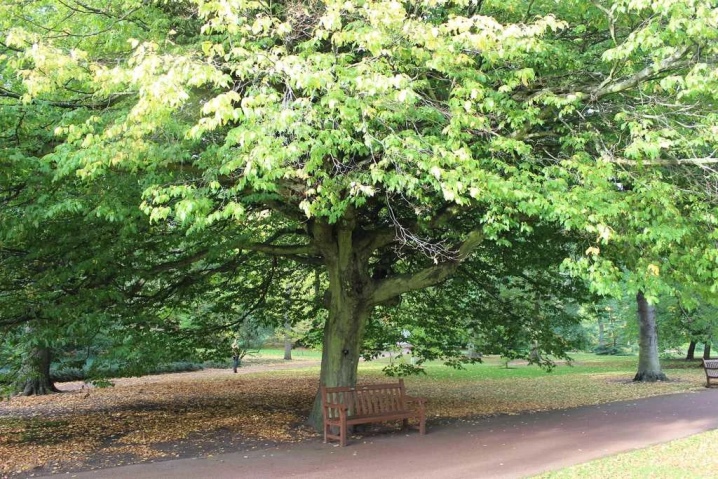
Due to its low winter hardiness, this species is not very suitable for growing in regions with a cold climate.
Planting and leaving
For planting European hornbeam, you need to choose places with medium illumination, oriented to the west or east.
The plant requires a cool, well-moistened soil with a moderately loose structure, high fertility rates. Dense or overly saline soil is detrimental to this type of tree.
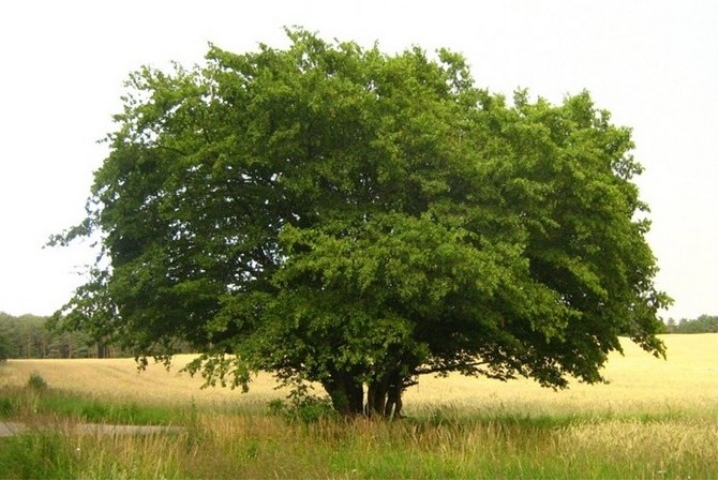
Landing does not require much effort. It is enough to prepare a pit of the required depth or a trench if a hedge is being formed. It is filled with a mixture of deciduous humus, fertilizers and garden soil. Young seedlings require a garter. After planting, abundant watering is required.
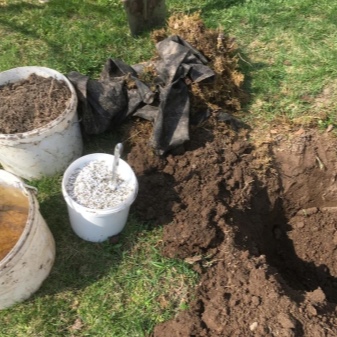
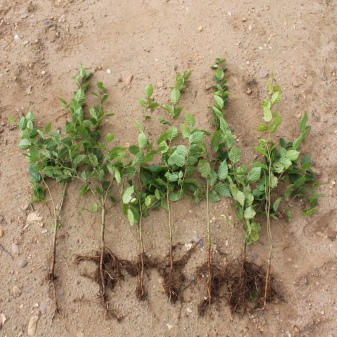
In the future, care is carried out according to the standard scheme.
- Loosening. It is performed regularly in the first years after planting. It is better to mulch the trunk circle with sawdust or tree bark.
- Fertilizer. Top dressing in granules is applied to the loose soil at the roots. You can use complex multicomponent mixtures, adding them in the spring and autumn periods.
- Watering. With the right choice of the landing site, sufficient soil moisture, it will not be needed. During dry season, you can water 1 bucket of water per week.
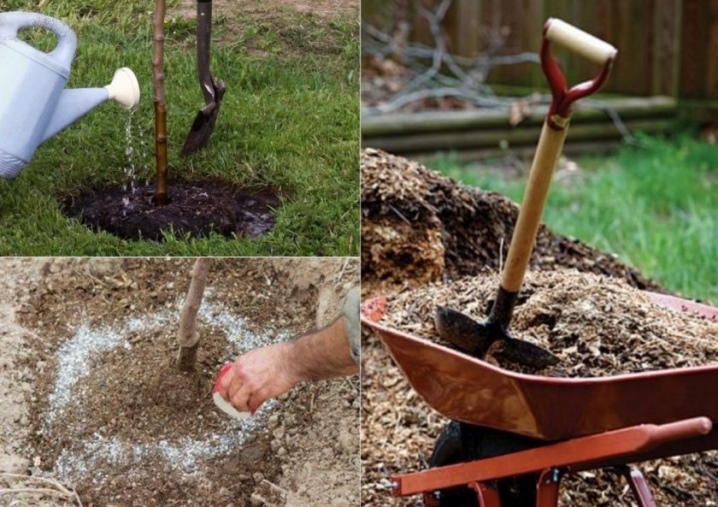
The common hornbeam does not need much care in adulthood. But he needs pruning done in the spring as early as possible.
This will keep the hardwood mass firm. If the side shoots grow too quickly, re-trimming is carried out in September. Hornbeam hedges need formative pruning to remove all young growth of the current year.
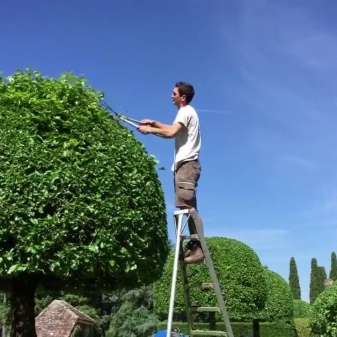

Reproduction
The plant reproduces in two ways. Most often carried out grafting the cuttings into a triangular incision on the prepared plant. It is carried out in the spring, the connection areas are coated with garden varnish, tied.
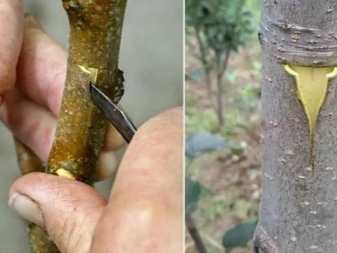
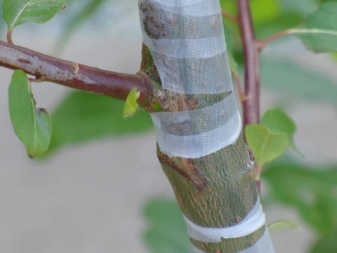
Planting by cuttings is also possible. It includes a number of items.
- Leafy shoots 10-15 cm long are harvested. The optimal time is late spring or early summer.
- The base of future seedlings is placed in a solution that stimulates root formation for 1-2 hours.
- The harvested cuttings are transferred to the greenhouse. They are placed in a moist substrate of deciduous humus and sand.
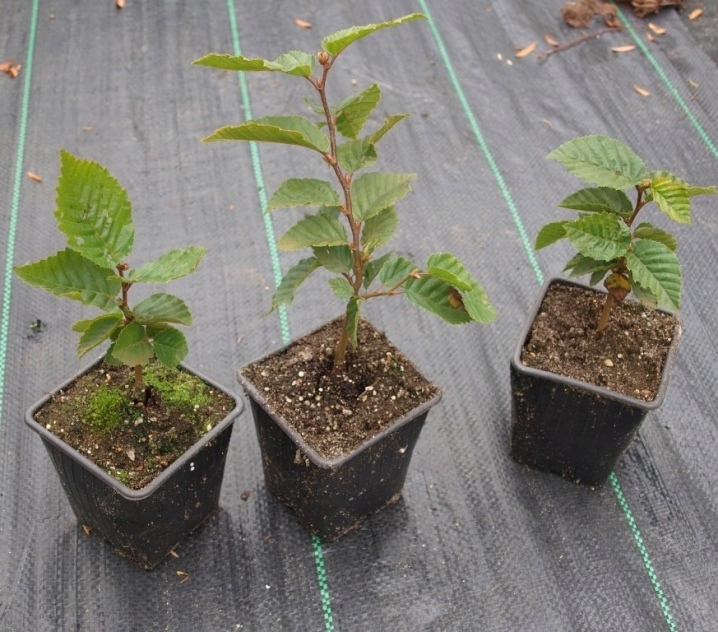
The emergence of roots takes 10 days. The next season, until autumn, the plants are kept in the substrate, then transplanted to a permanent place. For the winter, young growth will need a reliable shelter.
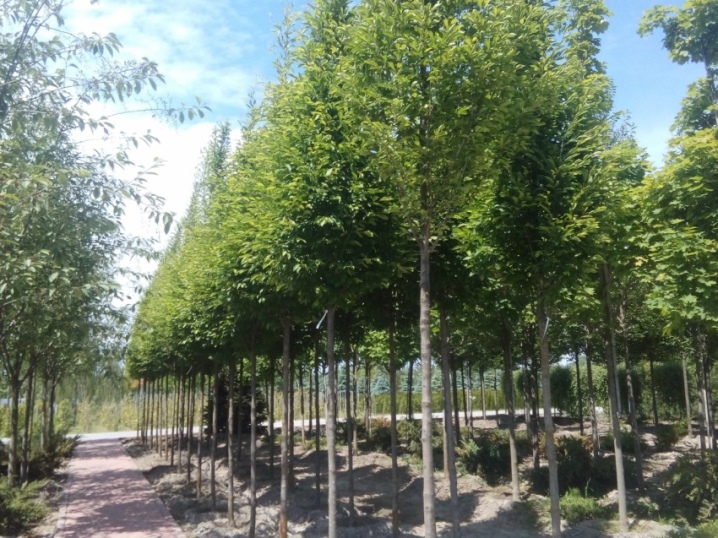
Application in landscape design
Hornbeam is well suited for use in site design and planning. It looks good as a tapeworm on the lawn.
When planting trees along the fence, a lush crown serves as an additional element to protect against dust, smog, and provides cutting off extraneous noise.
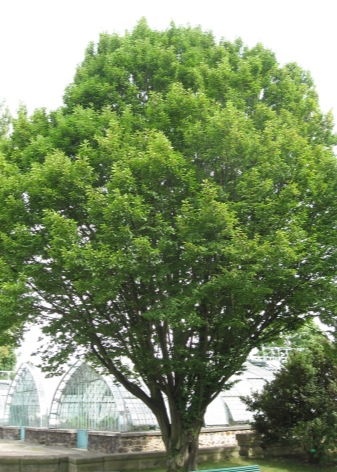
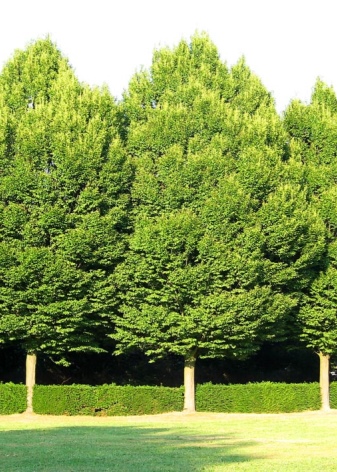
Dwarf varieties are used to form home and outdoor bonsai-style compositions. Such a tree can be planted in a pot, and installed outdoors in the warm season.
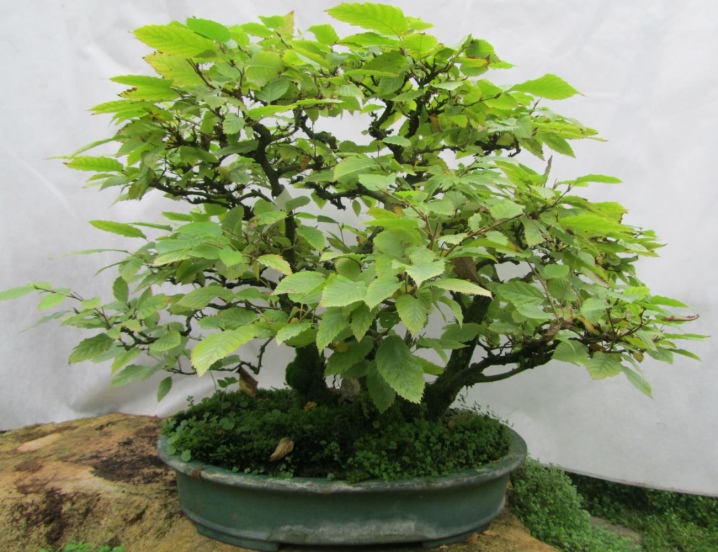
The hornbeam is the most popular in the creation of hedges. They can be done in different ways.
- Curb. For them, dwarf and decorative species are used, growing no more than 0.5-1 m in height. The width of the curb fence with regular shearing does not exceed 30 cm. The desired effect is achieved by dense trench planting of plants at a distance of up to 30 cm between them, while the fence itself is rather decorative or zoning in nature.
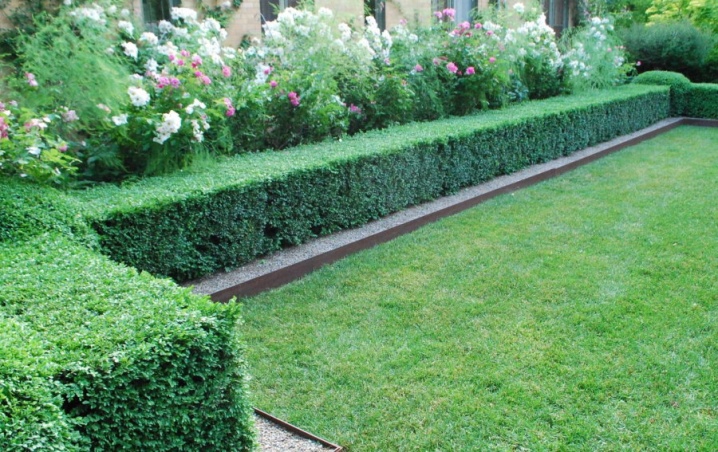
- In the form of walls. They are formed from the common hornbeam by planting plants at a distance of 1-2 m from each other, the height of the "green wall" in this case may exceed 2 m. The denser the planting, the more impenetrable the fence will be. It is important to understand that in this case, a wall of tree crowns will shade the area, reduce the flow of light to other plants.

The hornbeam grows very slowly, so it will not be possible to quickly form a hedge out of it.
This option is suitable for long-term landscape planning. From young trees, you can form an alley along the driveway, or you can decorate the entrance to the house with them.
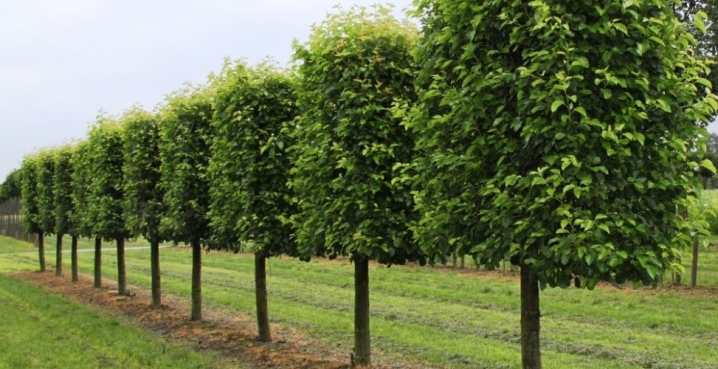
Interesting Facts
The European hornbeam is a plant covered with many legends. The most interesting facts about him are worth studying in more detail.
- The common hornbeam is very common in the Crimea. Moreover, the places where it grows are most often called shibliaks or hornbeams. This is what they call here the growth of deciduous shrubs, among which this short tree feels quite comfortable.
- The Caucasian hornbeam is a real long-liver. There are known trees that are 300 years old. At the same time, the annual growth is relatively small.
- The ratio of crown width and height. The tallest specimens of this tree barely reach 15-20 m. Moreover, the crown diameter can exceed 8 m. It looks very majestic.
- Unsuitability for construction. Hornbeam wood is not very suitable for the production of lumber, since its trunk is strongly bent during the growth process. But its small fragments are often used in jewelry, and smokeless firewood is highly valued by bakers.
- Oilseed culture. Valuable cosmetic oil is obtained from hornbeam leaves, and edible oil is obtained from fruits. Nuts, shiny and brown, rather small - more than 30,000 pieces are included in 1 kg.
- Medicinal plant. Hornbeam is used for the preparation of medicines in the form of infusions, decoctions, and also as a raw material for the pharmaceutical industry.
- Esoteric meaning. Hornbeam is mentioned as a patron tree in the horoscope of the Druids. Since ancient times, he has been credited with the ability to clear consciousness, increase concentration, and improve memory. Talismans and amulets carved from a hornbeam are believed to give their owner clarity of mind, calmness, and the ability to think soberly.
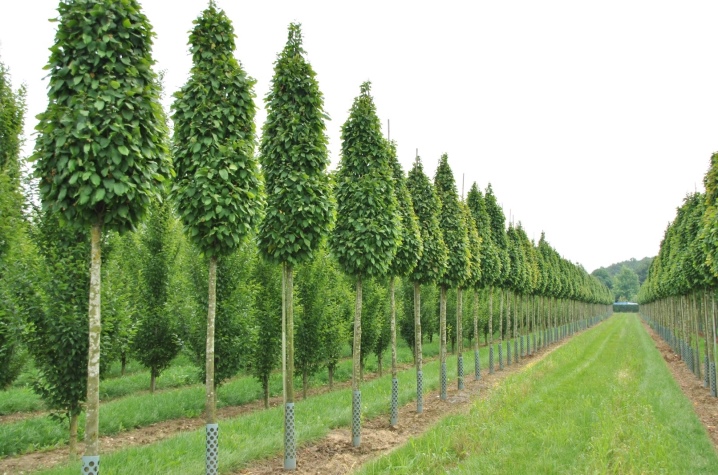
These are the basic facts to know about the common hornbeam. However, over the centuries-old history of its growth, this tree managed to deserve mention in many historical chronicles. And the list goes on.
You will learn more information about the common hornbeam further.





























































The comment was sent successfully.